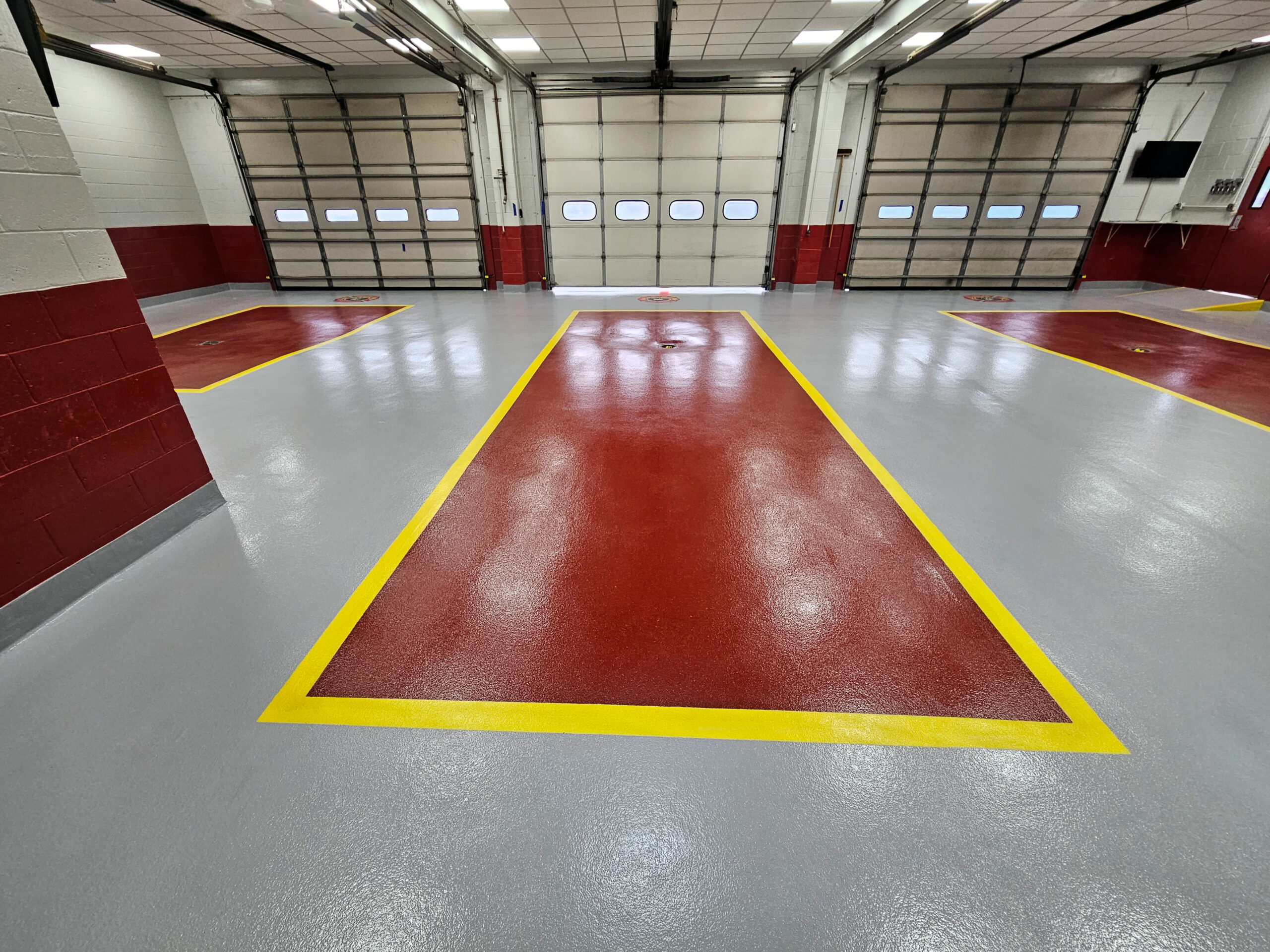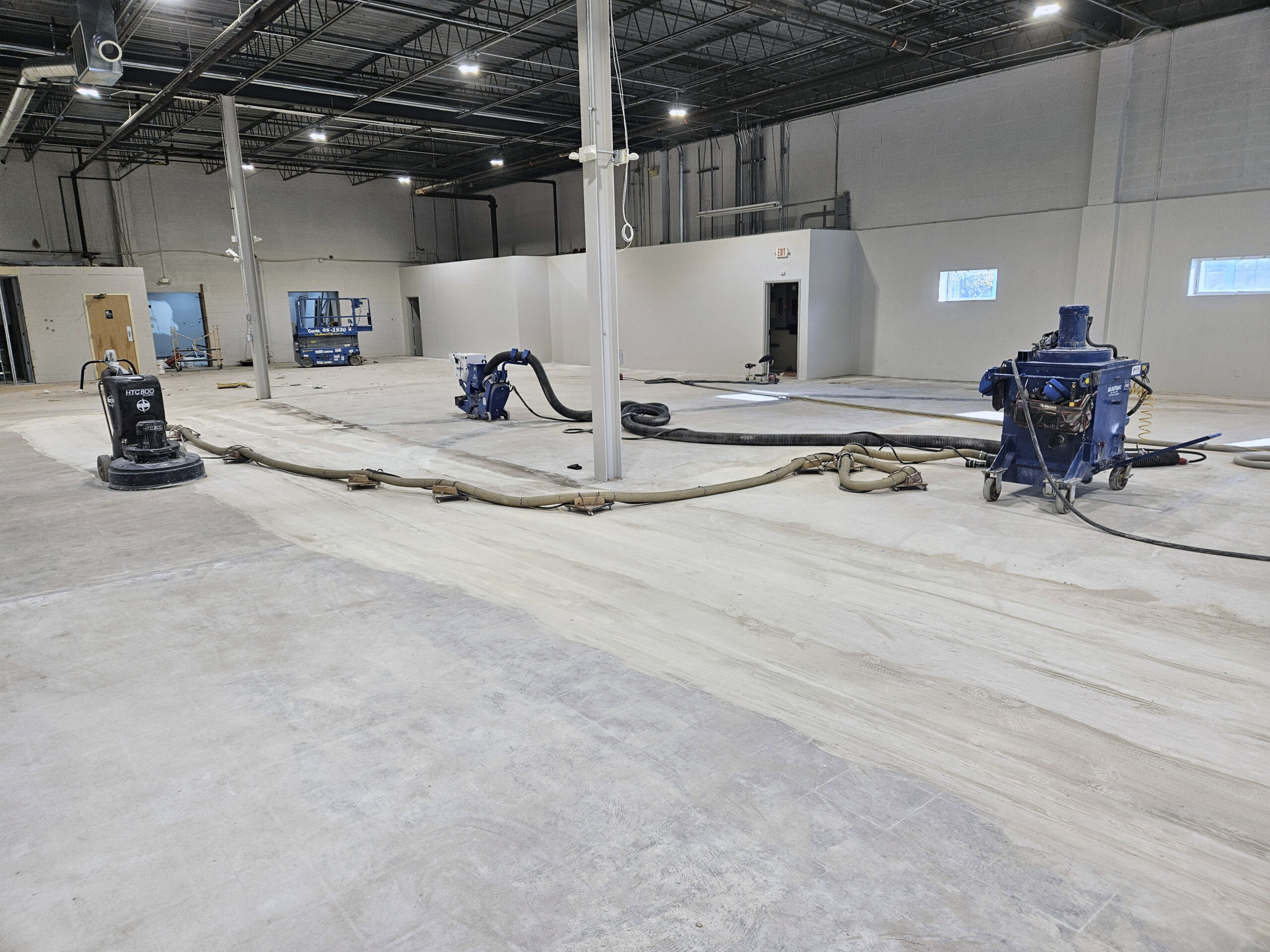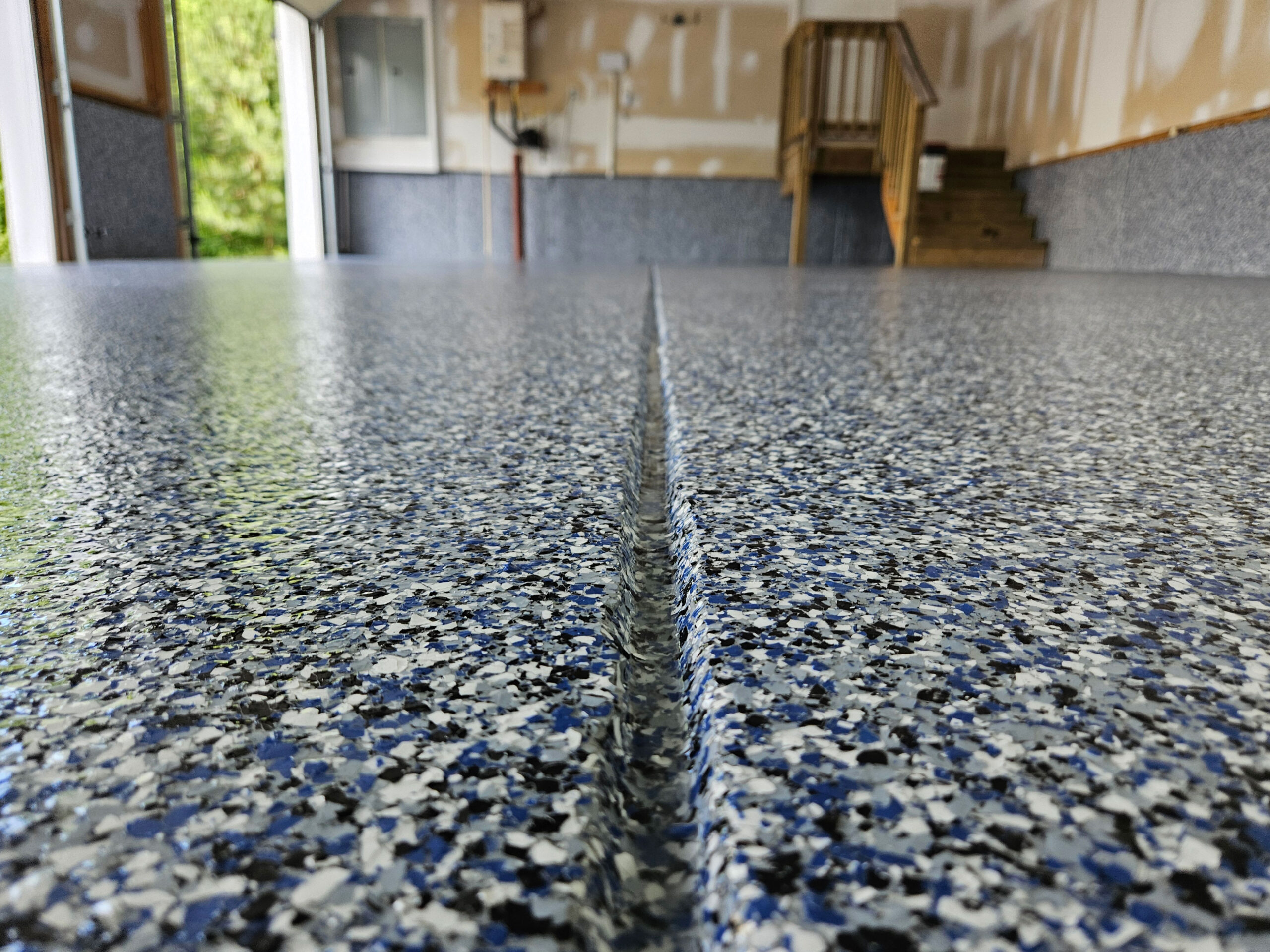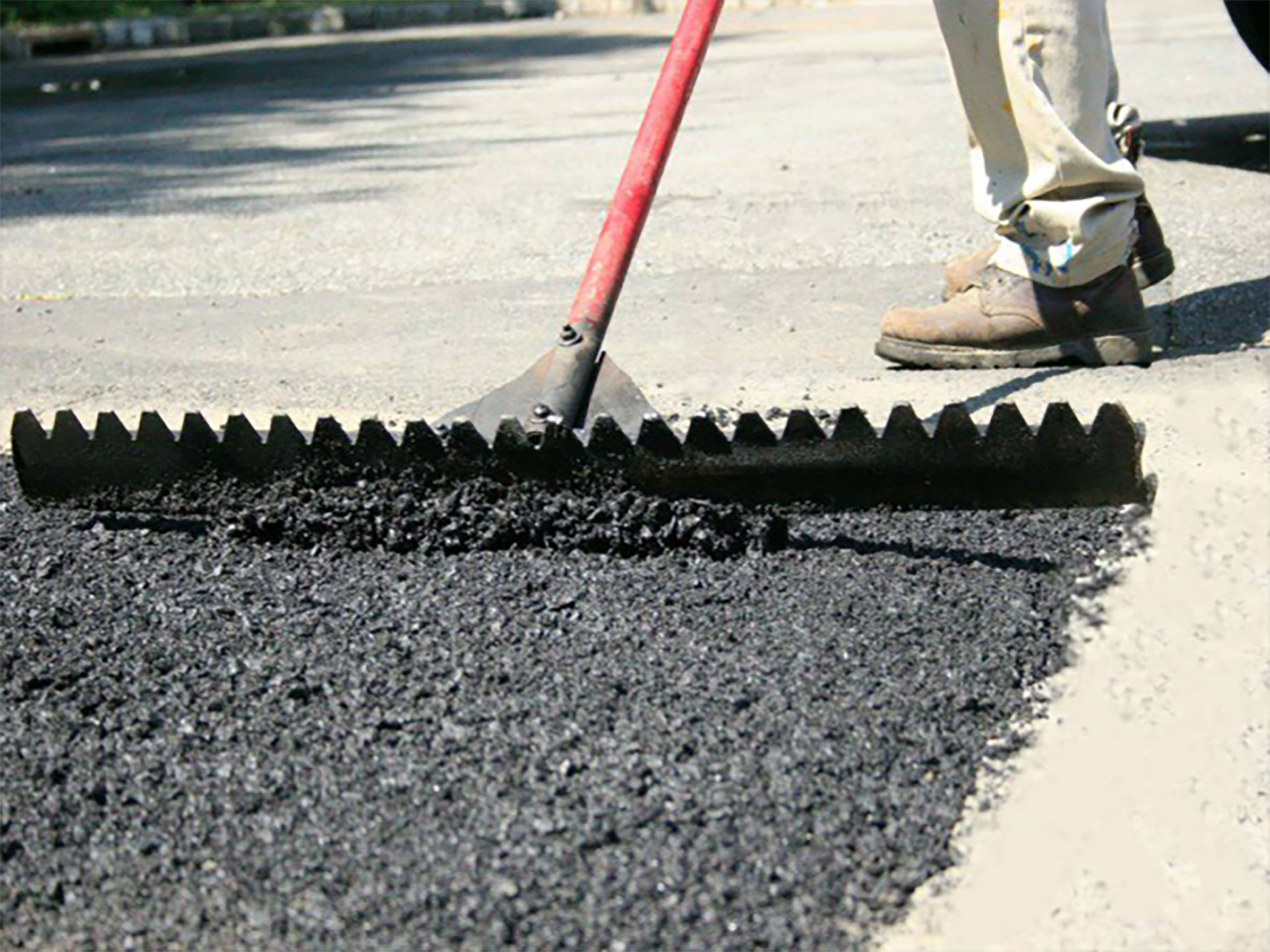RESIDENTIAL DRIVEWAY SEALCOATING EXPERTS
Protect and refresh your asphalt with professional driveway sealcoating that boosts curb appeal and defends against cracks, water, and UV damage.
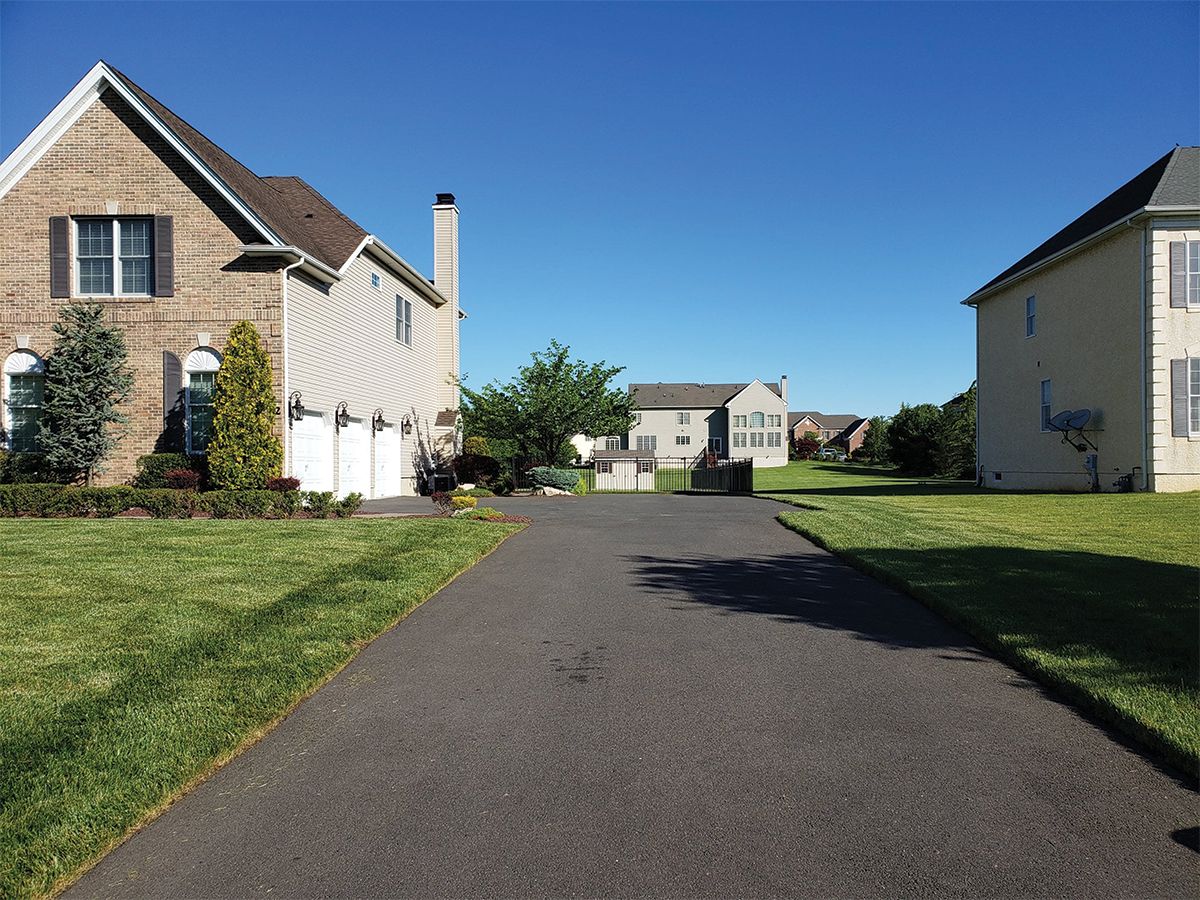
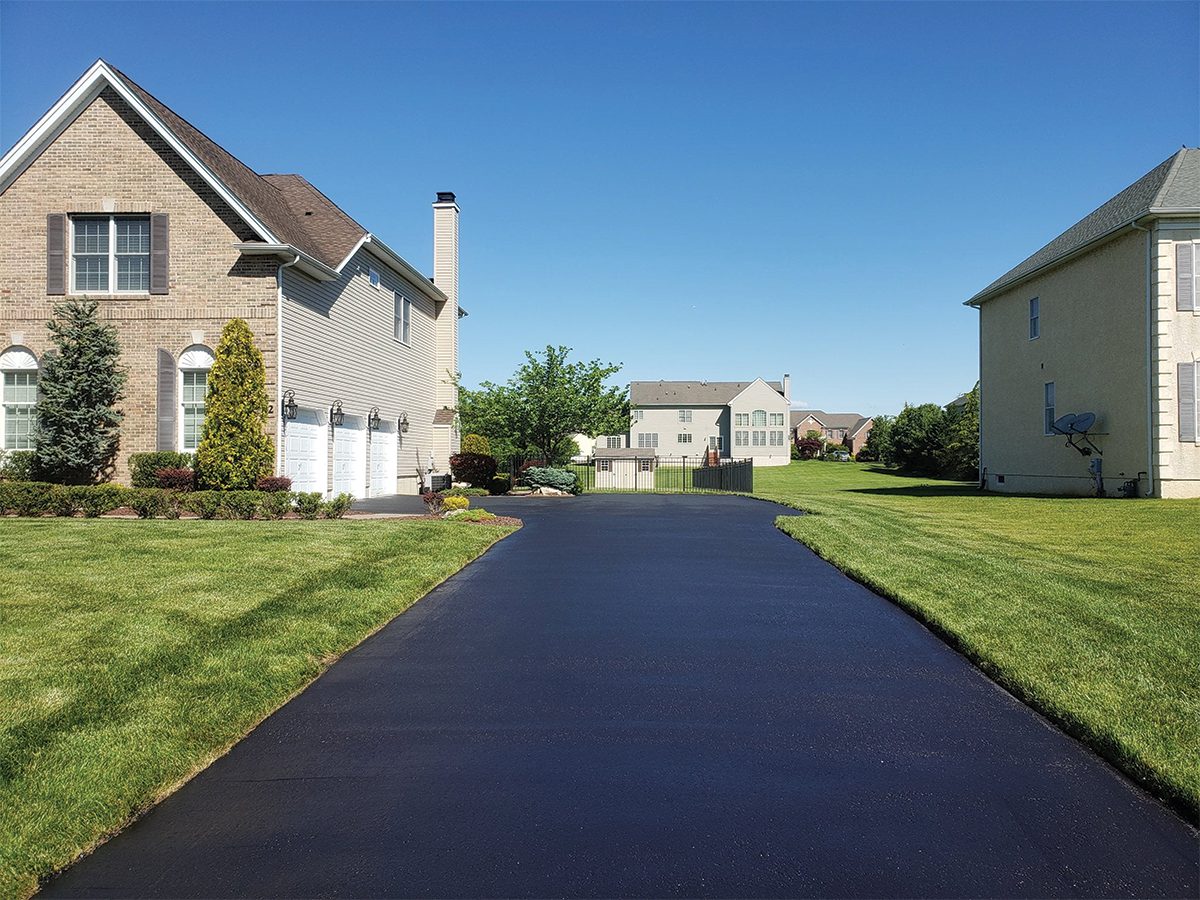
LET US DO THE DIRTY WORK
The process of extensively cleaning, crack filling, prepping, and then sealcoating your driveway can be time-consuming and messy. Rather than tackling it yourself or risking subpar results, trust a professional residential driveway sealcoating contractor who knows the region’s unique conditions—from Richmond’s busy neighborhoods to the surrounding counties of Chesterfield, Henrico, Hanover, New Kent, Charles City, and Prince George.
By investing the time to research and build a solid working relationship with the right contractor, you ensure your driveway receives the proper care it needs—leaving you with a protected, visually appealing surface that stands the test of time.
WHY SEAL MY ASPHALT DRIVEWAY?

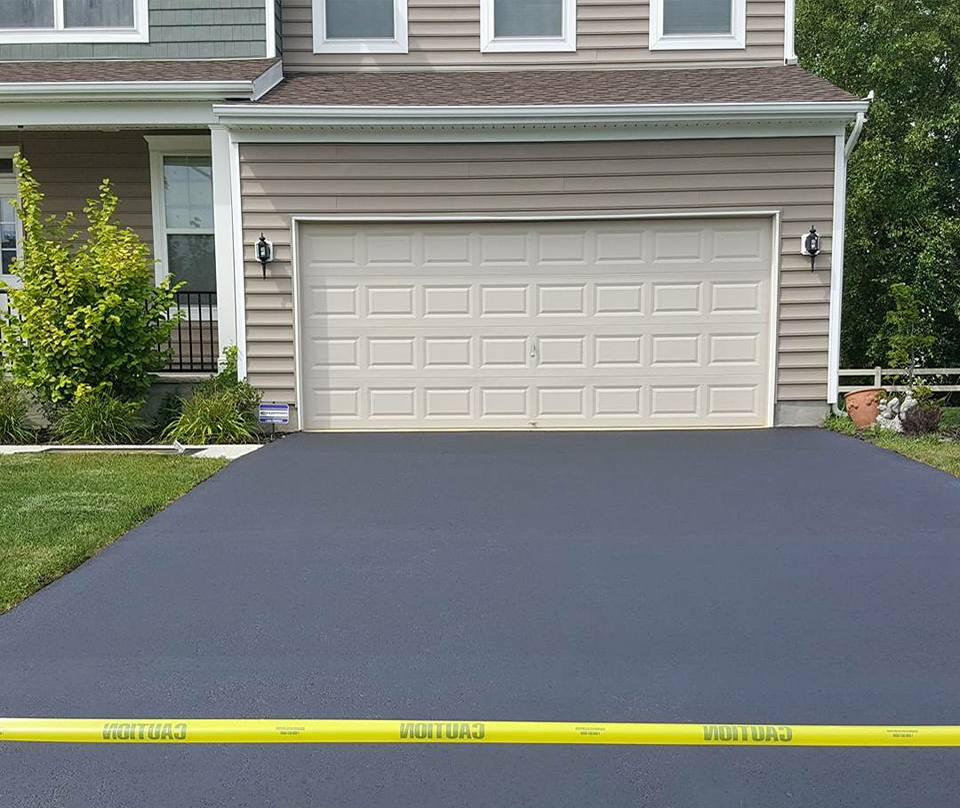
- Beautify. Sealcoating instantly transforms your driveway from a faded gray to a sleek, matte black finish. This fresh, uniform appearance enhances your home’s exterior and landscaping, helping it stand out—whether you’re in Richmond, or a nearby county like Chesterfield or Henrico—and making a lasting impression in any neighborhood.
- Protection. Our asphalt driveway sealcoating and hot rubberized crackfilling services safeguard your driveway against UV rays, rainfall, debris, tire wear, and harsh chemicals. After treatment, the asphalt surface is sealed, cracks are filled, and a durable protective layer is in place—ready to withstand the demands of daily life, whether you’re in Richmond or any nearby Central Virginia community.
- Easy To Clean.A sealed asphalt surface prevents water and debris from settling into pores, helping avoid premature wear and cracking. By choosing our sealing solutions, you’ll enjoy a driveway that’s simple to sweep, blow, and maintain—keeping dust and dirt from tracking into your home or garage.
- Save Time & Money. In today’s market, removing, installing, and paving a new driveway can cost anywhere from $6–$8 per square foot. By contrast, sealcoating offers a solution that’s up to 2,143% more cost-effective, delivering exceptional value for pennies on the dollar. Whether you’re maintaining property in Richmond or nearby counties like Chesterfield or Henrico, sealcoating helps you extend the life of your driveway without breaking the bank.
BEST PRACTICES TO HIRE A PROFESSIONAL
Before ending up with a costly headache, we’ve outlined a few key details to help you distinguish the good companies from the bad—and avoid the ugly. By understanding what to look for when hiring a sealcoat contractor, you can protect your investment, reduce stress, and ensure a smooth experience.
HOW DID YOU HEAR ABOUT THE COMPANY?
How you first learn about a contractor can greatly impact your project’s outcome. If a stranger knocks on your door claiming to have “extra material” left over from a job nearby—pressuring you to make a quick decision—this is a major red flag. More often than not, it’s a scam, and you’ll regret the choice in just a few weeks.
Reputable contractors know the importance of a no-pressure approach. They accurately estimate materials for each project and rarely have leftover product. If they’re truly working nearby, they’ll present themselves professionally rather than pushing for an immediate commitment.
On the other hand, if you spot a contractor’s yard sign or witness quality work being done across the street, you can see the results firsthand. Asking your neighbor about their experience can verify the contractor’s reliability. Seeing high-quality workmanship up close and hearing a positive recommendation increases the likelihood that you’ll receive the same top-notch service and long-lasting results.
ASK FOR REFRENCES
Don’t hesitate to request a list of three to five recently completed projects in your area. By visiting these locations, you can see the contractor’s workmanship firsthand—evaluating the finish, attention to detail, and overall quality. This simple step provides peace of mind and ensures you’re entrusting your project to a proven professional.
ONLINE PRESENCE
In today’s digital world, it’s easier than ever to research a company before hiring them. A strong, consistent online presence often reflects a positive, results-driven culture—one that will carry over into the work performed at your home or property. Consider these factors when evaluating a contractor:
- Functional, Mobile-Responsive Website: A professional, easy-to-navigate website indicates the company values user experience.
- Accurate, Updated Contact Information: Current phone numbers, emails, and addresses suggest reliability and transparency.
- High-Performing Reviews: Look for genuine, positive feedback that reflects recent, successful projects.
- Educational Resources: Articles, guides, or videos demonstrate industry knowledge and a willingness to inform and help customers.
Reviews
While reviews are an important resource, be aware that some platforms allow businesses to self-inflate their ratings. For a reality check, try a quick search (e.g., “River City Sealcoating + Platform”) to find consistent, third-party feedback. If you notice stark differences in review quality or quantity across platforms, this may indicate manipulated or untrustworthy ratings. Gathering honest opinions from multiple sources can help you form an accurate understanding of the company’s true reputation.
QUALIFYING YOUR CONTRACTOR
Selecting the right residential driveway sealcoating contractor is essential for achieving long-lasting, high-quality results. Consider the following steps to ensure you’re partnering with a reputable company—whether you’re in Richmond or a nearby Central Virginia community.
Project Walkthrough
A thorough, in-person walkthrough is an important first step. Each contractor should explain their process, address potential problem areas, and give you a clear understanding of what’s involved. Pay attention to how they communicate. Do they take the time to answer questions, discuss concerns, and respect your timeline? If you’re not ready for an on-site visit, a detailed proposal—with square footage, identified cracks, and other noted issues—should be provided before work begins.
Equipment
High-quality work requires the right tools. If a contractor’s equipment is outdated or insufficient, the sealcoat and crackfill may not adhere properly, risking premature wear, peeling, or flaking. Ask about the caliber of their machinery—better equipment usually means better results.
Cleaning
Proper surface preparation is critical. Reputable contractors use high-powered blowers, gas-powered crack cleaners, stiff brooms, and steel wire brushes to remove dust, dirt, and debris from the asphalt surface. Without this meticulous cleaning, trapped particles can lead to early failure of the sealcoat material.
Material Distribution
How a contractor transports and mixes their materials also matters. Be wary of makeshift methods like 5-gallon buckets or homemade totes with basic pumps. Professional operations employ sizable, hydraulically agitated tanks—300, 500, or even 1,000+ gallons—that uniformly blend the sealcoat material. This ensures consistent quality throughout the job.
By applying these criteria, you’ll have a better sense of a contractor’s professionalism, expertise, and commitment to delivering the durable, attractive driveway you deserve.
SEALER MIX DESIGN
No two mix designs are created equal, and this can significantly influence the quality and longevity of your driveway sealcoating project. Understanding where a contractor sources materials and what additives are introduced after the product leaves the plant is essential for making an informed decision.
Types of Pavement Sealers
Three primary types of pavement sealers are commonly used:
- Refined Tar-Based (Coal Tar-Based): Offers exceptional protection against water penetration, chemicals, and general wear—often lasting 3–5 years.
- Asphalt-Based: More susceptible to environmental chemicals and harsher conditions, typically lasting 1–3 years.
- Petroleum-Based: Provides a balance, offering moderate protection against water and chemicals, with durability that generally falls between refined tar and asphalt.
Adding Sand and Additives
Once the base sealer is selected, sand and other additives can—and should—be integrated to enhance performance:
- Sand: Improves durability, skid resistance, reduces glare, and helps mask minor surface imperfections.
- Latex Additives: Aid in suspending sand within the mixture, bolster oil and gas resistance, improve sealer adhesion, and create a darker, more attractive finish.
By carefully selecting both the base sealer and its additives, you’ll ensure a stronger, longer-lasting surface that stands up to local environmental factors and daily wear—providing greater peace of mind and value for years to come.
SEALCOATING APPLICATION METHODS
Different contractors use various techniques to apply sealcoat to your driveway. Understanding these methods will help you choose the one best suited for your needs
Spraying
Spraying is a rapid-application method often favored by larger commercial operations that handle expansive parking lots. Its speed is ideal for high-volume work, but on a residential driveway—where precision matters—spraying can lead to inconsistencies. While contractors may cut in the edges of the driveway with a brush to reduce overspray, the rushed nature of spraying often results in visible streaks and uneven texture as the material cures.
Variables such as the applicator’s height, hose length, and pressure flow all affect the final quality. Because of these factors, spraying may not produce the best results for a home driveway where you want a uniform, long-lasting finish.
Hand Application
Hand application, using fine horsehair brushes, is a more time-consuming but superior method for smaller, detail-oriented projects like residential driveways. After depositing “beads” or “runs” of material onto the asphalt, contractors carefully spread it with brushes to achieve even coverage and consistent thickness. This approach helps ensure the sealcoat cures properly throughout the entire surface, delivering a cleaner, neater appearance and longer-lasting protection.
By choosing a contractor who prioritizes methodical, hand-brushed application over speed, you’ll enjoy a smoother, more aesthetic result—one that stands up to everyday wear and looks great for years to come.
CRACKFILLING APPLICATION METHOD
Cracks are an inevitable part of pavement’s lifecycle. Over time, moisture seeps into these gaps, expanding and contracting through seasonal “freeze-thaw” cycles, which gradually break down the asphalt’s foundation. Ignoring cracks accelerates deterioration, eventually causing potholes, base failures, and a decline in your driveway’s overall integrity.
Before starting your project, ensure the contractor outlines their preparation steps and the quality of crack fill material they plan to use. Understanding this process in advance can help guarantee a successful, long-lasting repair—especially important in Central Virginia’s changing climate.
Cold Crack Fill
Cold crack fill is a fast, low-cost method involving material that’s poured directly from a bucket or jug. While convenient, this brittle product often fails under the slightest pavement movement, reopening cracks and providing little long-term protection. Many driveway sealcoating contractors favor cold crack fill due to its simplicity and speed, but its results are generally short-lived.
Hot Crack Fill
Hot crack fill takes longer and requires more skill, as the material must be heated and carefully applied. Once cured, it remains flexible—able to accommodate the pavement’s natural shifts without breaking apart. This creates a more reliable, longer-lasting seal that protects against water intrusion and structural damage. Although more time-consuming, hot crack fill is the superior choice for preserving the asphalt and extending its service life.
By combining the information above with your own intuition, you’ll be better equipped to make an educated decision when selecting a residential driveway sealcoating contractor. This thoughtful, informed approach helps ensure you receive quality work and long-lasting results
QUICK LINKS
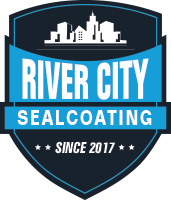
Services
Driveway Sealcoating
Garage Floor Coating
Asphalt Maintenance
Commercial Flooring
Corporate Office
11262 Kilmer Rd
Edison, NJ 08872
Phone
NJ (732-524-7757
VA (804) 234-3180
